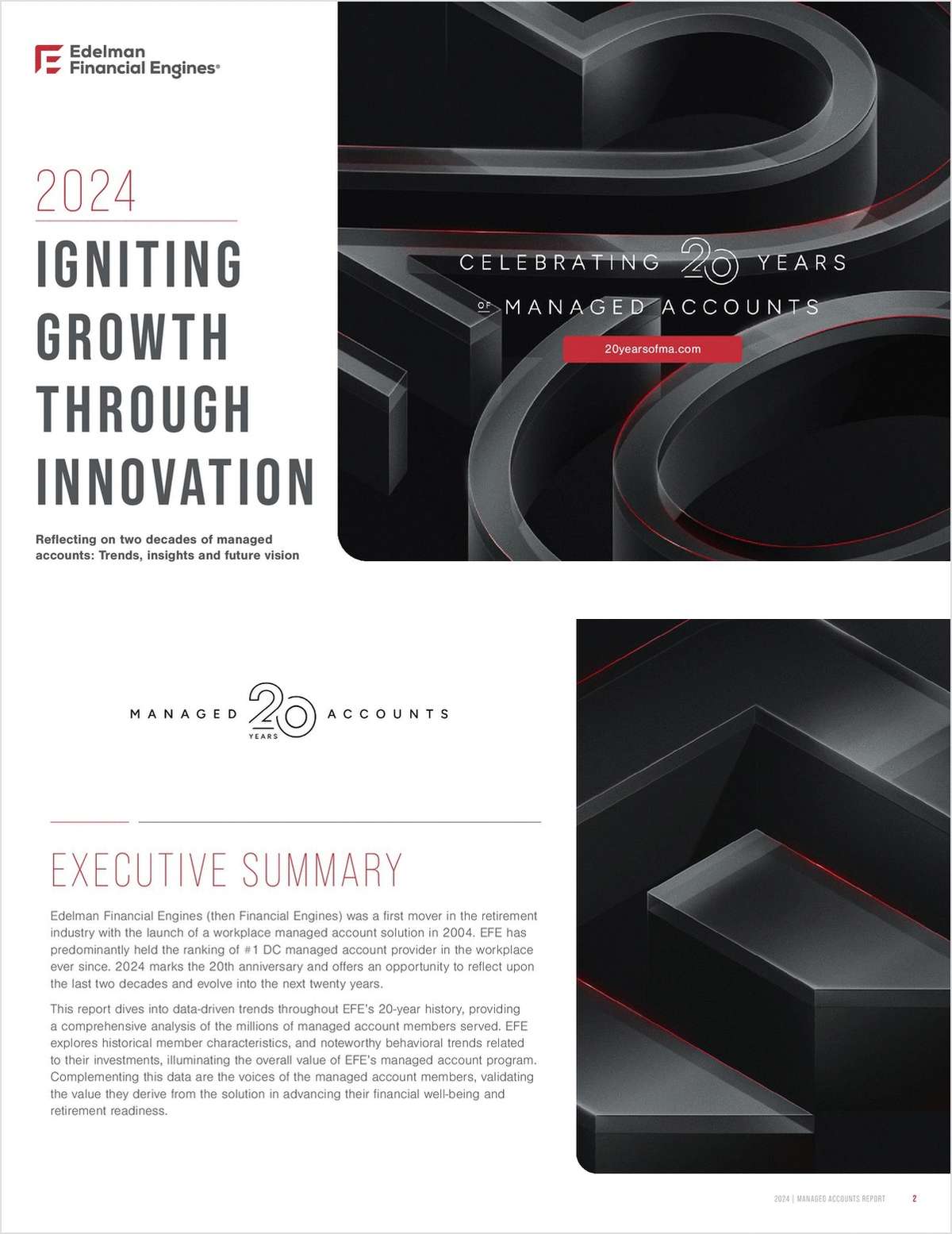 Employersare permitted to offer an ICHRA to specified classes of employeesincluding full-time, part-time and union employees represented bycollective bargaining agreements. (Photo: Shutterstock)
Employersare permitted to offer an ICHRA to specified classes of employeesincluding full-time, part-time and union employees represented bycollective bargaining agreements. (Photo: Shutterstock)
In 1978, the U.S. was introduced to the 401(k). With it came newvocabularies, personal wealth calculators, the need for employeesto learn about investing—and a major shift in theemployer-employee contract. At the time, over half the workforcehad a traditional defined benefit pension, with investments anddistributions controlled by their employer. Forty years later,pension retirement programs have dropped dramatically, and 80million Americans actively participate in a 401(k).
The shift significantly altered how employees rely on theiremployers for financial security in retirement, and it improvedemployees' access to personal investment information — giving themmore control over, and responsibility for, their own savingsoutcomes.
Continue Reading for Free
Register and gain access to:
- Breaking benefits news and analysis, on-site and via our newsletters and custom alerts
- Educational webcasts, white papers, and ebooks from industry thought leaders
- Critical converage of the property casualty insurance and financial advisory markets on our other ALM sites, PropertyCasualty360 and ThinkAdvisor
Already have an account? Sign In Now
© 2024 ALM Global, LLC, All Rights Reserved. Request academic re-use from www.copyright.com. All other uses, submit a request to [email protected]. For more information visit Asset & Logo Licensing.








